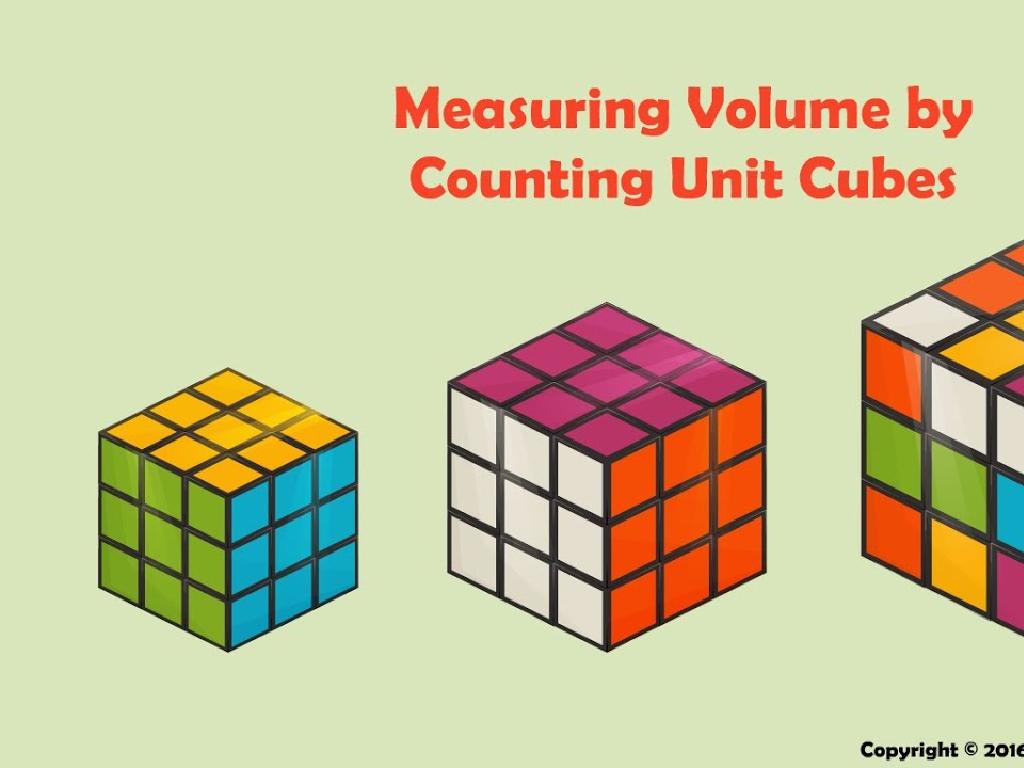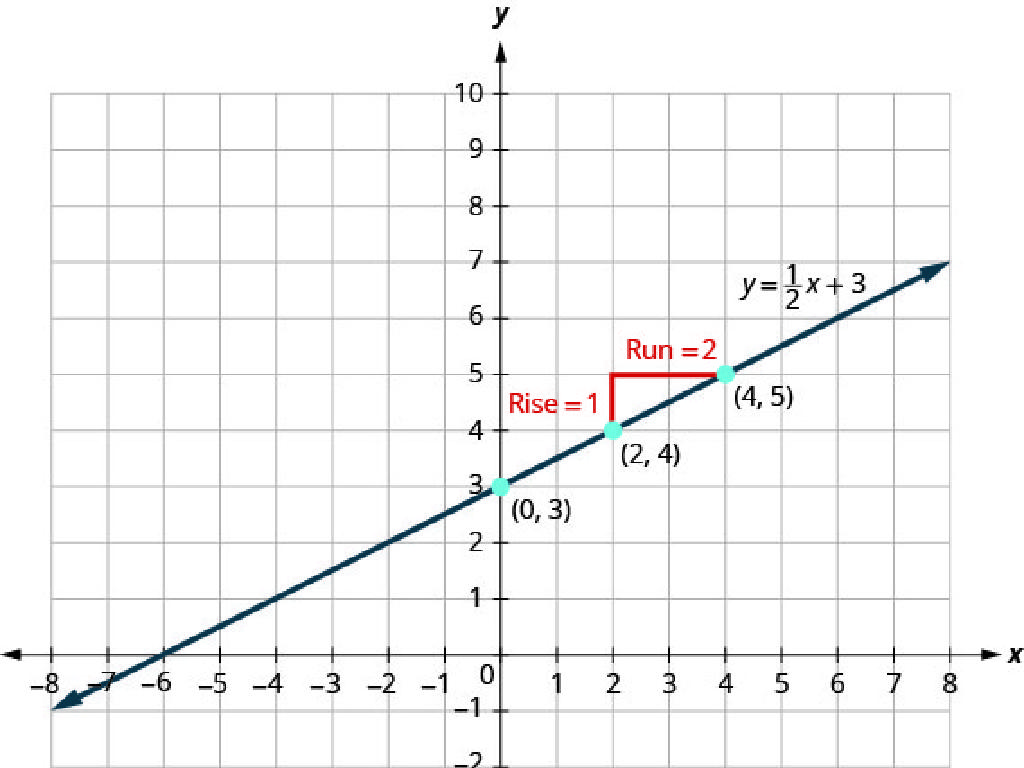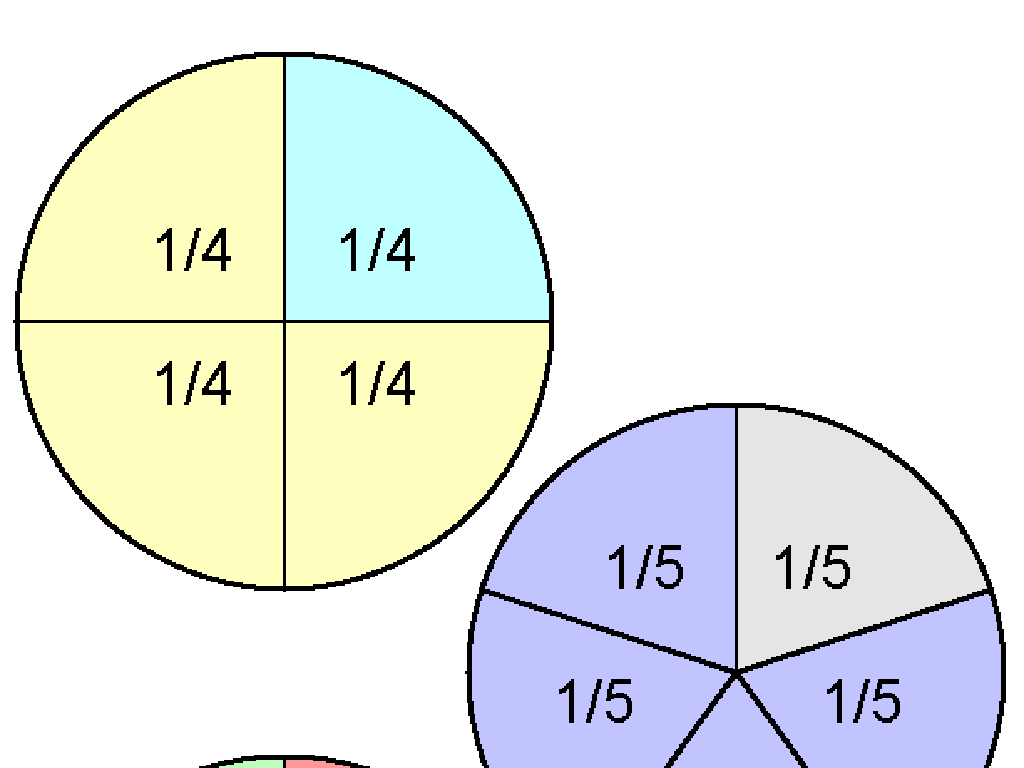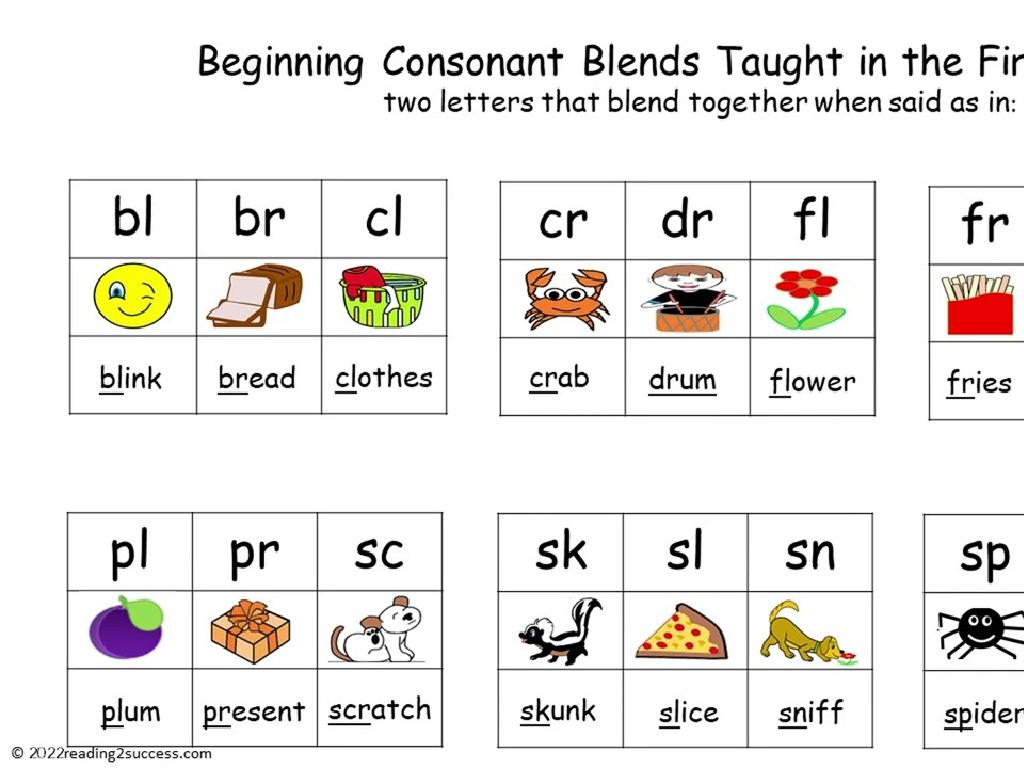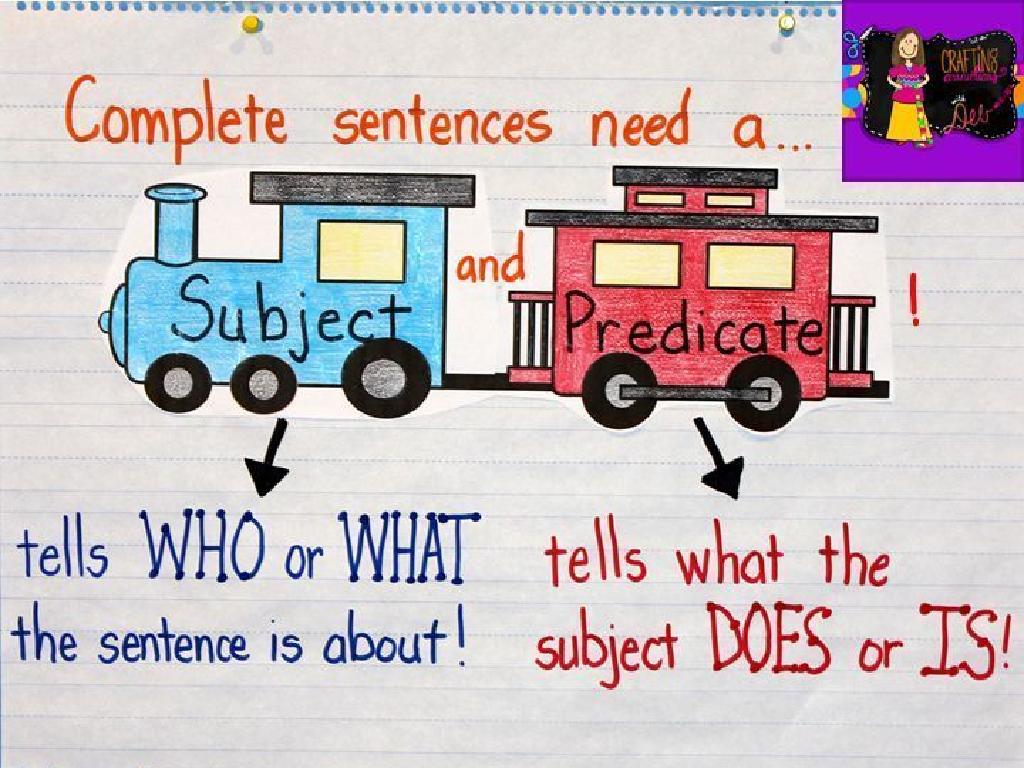World War I: Events Of The War
Subject: Social studies
Grade: Fourth grade
Topic: 20Th Century American History
Please LOG IN to download the presentation. Access is available to registered users only.
View More Content
Introduction to World War I
– What was the Great War?
– Known as the Great War, it was a huge global conflict.
– WWI’s impact on America
– WWI shaped America’s role in world affairs and its society.
– Key events of WWI
– Major battles, alliances formed, and countries involved.
– Understanding WWI’s timeline
– Learn the order of events from 1914 to 1918.
|
This slide introduces students to World War I, also known as the Great War, which was a significant global conflict that involved many countries, including the United States. It’s important to highlight why WWI is a crucial part of American history, as it marked a turning point for the country’s international role and had lasting effects on its society. Provide an overview of the major events, such as the key battles, the formation of alliances, and the countries involved. Help students understand the timeline of the war, from its beginning in 1914 to its end in 1918, and the sequence of events that led to the war’s conclusion. Use this opportunity to set the stage for a deeper exploration of each event in subsequent lessons.
The Spark That Lit the Fire: WWI
– The assassination of Archduke Franz Ferdinand
– Heir to Austro-Hungarian throne killed in 1914
– A single event triggers global conflict
– This murder caused Austria-Hungary to declare war on Serbia
– Alliances: Friends teaming up
– Countries had agreements to defend each other
– Domino effect leading to war
– One by one, allied countries were pulled into the war
|
This slide introduces the pivotal event that ignited World War I the assassination of Archduke Franz Ferdinand. It’s crucial to explain the concept of alliances in simple terms, likening them to friendship pacts where if one friend is in trouble, the others come to help. This can help students understand how a single event led to a chain reaction, pulling one ally after another into the conflict, resulting in a world war. Use a story-telling approach to describe the assassination and how it led to Austria-Hungary’s declaration of war on Serbia, which then involved other nations due to their alliances. Encourage students to think about how friendships can sometimes lead to larger group conflicts, drawing parallels to the alliances that contributed to the start of World War I.
America Joins World War I
– Why America entered WWI
– Unrestricted submarine warfare & quest for peace led the U.S. to join.
– Zimmerman Telegram’s impact
– A secret message from Germany to Mexico that promised U.S. land to Mexico if they allied.
– President Woodrow Wilson’s influence
– Wilson wanted to make the world safe for democracy and led the U.S. into war.
– America’s role in the war’s outcome
|
This slide aims to explain the complex reasons behind America’s entry into World War I to fourth graders. Start by discussing how the unrestricted attacks on ships by German submarines angered Americans and pushed the U.S. closer to war. Highlight the Zimmerman Telegram as a significant event that shifted public opinion in favor of joining the war. Explain President Woodrow Wilson’s role in leading the nation into the conflict with the goal of promoting democracy and securing peace. Emphasize that America’s involvement helped to tip the scales and bring the war to an end. Use simple language and relatable analogies to help students grasp the concepts.
Life During World War I
– Soldiers’ life in trenches
– Soldiers lived in long, narrow ditches called trenches.
– War’s impact on families
– Families worked hard and missed their loved ones.
– Introduction to war tech
– War tech included new machines for battle.
– Tanks, planes, and gas
– Tanks moved across rough land, planes scouted and fought, and gas was used to confuse the enemy.
|
This slide aims to give students a glimpse into the harsh conditions soldiers faced living in trenches during World War I, and how families back home coped with the absence of their loved ones and the changes brought by the war. Introduce the concept of war technology, explaining how tanks, planes, and gas changed warfare. Tanks could cross difficult terrain, planes were used for reconnaissance and combat, and gas was a new, frightening weapon. Encourage empathy by discussing the emotional toll on families and the soldiers’ daily struggles. Use this discussion to lead into how technology can impact war and society.
Major Battles of WWI
– The Battle of the Somme
– One of the deadliest battles in history with many soldiers’ lives lost.
– Battle of Verdun’s impact
– Verdun showed the determination of armies and affected the course of the war.
– America in Argonne Forest
– America’s entry into WWI turned the tide in the Allies’ favor.
– Understanding WWI battles
|
This slide aims to introduce students to some of the major battles of World War I and their significance. The Battle of the Somme is remembered for its high casualty rate and the horror of trench warfare. The Battle of Verdun was a symbol of French determination and had a significant psychological impact on both sides. The Battle of Argonne Forest marked the first major American offensive in the war and was crucial in leading to the armistice. Discuss with students the harsh realities of war and the importance of these battles in the overall context of WWI. Encourage them to reflect on the bravery and sacrifice of the soldiers involved.
The War Ends: Armistice and Beyond
– Armistice Day: WWI fighting stops
– November 11, 1918, marked the end of battles in WWI.
– Treaty of Versailles: peace terms
– The treaty forced Germany to accept blame and pay reparations.
– WWI’s impact on the future
– The war’s end led to changes in maps and new countries.
– Reflecting on the war’s end
|
This slide marks the conclusion of World War I with the signing of the Armistice on November 11, 1918, which is now commemorated as Veterans Day in the United States. The Treaty of Versailles officially ended the war and imposed heavy penalties on Germany, including territorial losses and financial reparations. These terms contributed to economic hardship and political instability in Germany, setting the stage for World War II. Discuss with students how the end of WWI reshaped the world map, leading to the creation of new countries and altering the course of history. Encourage them to think about the long-term effects of the war and how it might have felt for soldiers and civilians when the fighting finally ended.
Reflecting on World War I
– Importance of remembering WWI
– To honor those who served and learn from the past
– WWI’s impact on the world
– It reshaped borders, societies, and technology
– Discuss WWI’s lasting effects
– Share thoughts on how WWI affects our lives today
|
This slide aims to prompt reflection and discussion among fourth-grade students about the significance of World War I. It’s crucial to convey the importance of remembering WWI to honor the sacrifices made and to learn from history to prevent future conflicts. Discuss how the war led to significant changes in world politics, geography, and technology, which still impact us today. Encourage students to think critically about the consequences of the war and to articulate their thoughts during the class discussion. Provide a safe and respectful environment for sharing ideas and ensure that each student has the opportunity to contribute to the conversation.
Class Activity: Letters from the Front
– Imagine being a WWI soldier
– Write a letter to your family
– Describe your daily life at the front
– Mention the food, friendships, and fears you might have
– Share your letter with classmates
|
This activity is designed to help students empathize with soldiers’ experiences during WWI and to practice their writing skills. Provide a brief background on WWI, focusing on the life of soldiers in the trenches. Encourage creativity, but also guide them to consider the historical context. Possible topics to include in their letters are the environment in the trenches, the food they ate, the camaraderie between soldiers, and their feelings about the war. After writing, students will share their letters in small groups or with the entire class, fostering a discussion on the personal impact of war. This activity will help students understand the human aspect of historical events.

